There are several types of pots that are well-suited for growing cannabis:
TABLE OF CONTENTS
- Plastic pots: These are lightweight and inexpensive, making them a popular choice for indoor growers. They also have good drainage and are easy to clean.
- Fabric pots: These pots are made of a breathable fabric material that allows for better aeration and drainage. They also help to prevent roots from becoming too dense, which can lead to better overall growth.
- Ceramic pots: These pots are heavy and durable, making them a good choice for outdoor growers. They also have good insulation properties, which can help to maintain a consistent temperature for the plants.
- Air pots: These pots are made of plastic and have a unique design that promotes healthy root growth by providing plenty of air to the roots. They are also reusable and easy to clean.
How does Pot size affect Yields?
The size of the pot can have a significant impact on the yield of a cannabis plant. In general, larger pots can lead to larger plants and higher yields, while smaller pots can limit the growth of the plant and lead to lower yields.
What size of Pot is Best for Autoflowers?
As a general rule, a pot size of 3-5 gallons is considered appropriate for most Autoflower cannabis strains.
Regularly cleaning the pots can help to ensure that the plants are getting the best possible growing conditions
Plastic Pots Advantages and Disadvantages:
Advantages of plastic pots:
- Lightweight: Plastic pots are lightweight, making them easy to move around, which can be especially useful for indoor growers who may need to adjust the position of their plants to optimize lighting.
- Inexpensive: Plastic pots are relatively inexpensive when compared to other types of pots, making them a cost-effective option for growers.
- Good drainage: Plastic pots typically have a number of drainage holes, which allows excess water to drain away from the roots of the plants. This can help to prevent root rot and promote healthy growth.
- Easy to clean: Plastic pots are easy to clean, which can be helpful for keeping pests and diseases at bay.
Disadvantages of plastic pots:
- Not as durable: Plastic pots are not as durable as some other types of pots, such as ceramic or metal, and may crack or break more easily.
- Can get too hot: Plastic pots can get too hot in direct sunlight, which can damage the roots of the plants and potentially kill them.
- May not be as attractive: Plastic pots may not be as visually appealing as other types of pots, which can be a drawback for indoor growers who want to keep their plants looking nice.
- Not as environmentally friendly: Plastic pots are not as environmentally friendly as other types of pots, such as fabric or ceramic, as they do not biodegrade and can contribute to plastic waste in the environment.
Fabric Pots Advantages and Disadvantages:
Advantages of fabric pots:
- Improves aeration: Fabric pots are made of breathable material, which allows for better aeration and drainage of the roots. This can lead to healthier and stronger root growth.
- Promotes healthy root growth: The breathable material of fabric pots also helps to prevent roots from becoming too dense, which can lead to better overall growth.
- Reusable: Fabric pots are reusable, meaning they can be used for multiple grows, which can be more environmentally friendly than disposable plastic pots.
- Lightweight: Fabric pots are lightweight, making them easy to move around, which can be especially useful for indoor growers who may need to adjust the position of their plants to optimize lighting.
- Promotes air pruning: Fabric Pots promote air pruning, which is the process of the roots being exposed to air, causing them to stop growing. This will lead to the plant growing more lateral roots, which are more efficient in absorbing water and nutrients.
- Larger sizes: Fabric Pots come in a variety of sizes, including larger sizes that are suitable for growing large cannabis plants.
Disadvantages of fabric pots:
- Not as durable: Fabric pots are not as durable as some other types of pots, such as ceramic or plastic, and may wear out or tear more easily.
- May require more maintenance: Fabric pots may require more maintenance than other types of pots, such as regular cleaning or replacement of the fabric.
- May not be as visually appealing: Fabric pots may not be as visually appealing as other types of pots, which can be a drawback for indoor growers who want to keep their plants looking nice.
- Can be more expensive than plastic pots: Fabric pots can be more expensive than plastic pots, which can be a disadvantage for growers on a budget.
Ceramic pots Advantages and Disadvantages:
Advantages of ceramic pots:
- Durable: Ceramic pots are heavy and durable, making them a good choice for outdoor growers or those who want to use the same pot for multiple grows.
- Good insulation properties: Ceramic pots have good insulation properties, which can help to maintain a consistent temperature for the plants, which can be beneficial for growth.
- Visually appealing: Ceramic pots can be visually appealing and can add a decorative touch to any indoor or outdoor growing area.
- Biodegradable: Ceramic pots are biodegradable, making them more environmentally friendly than plastic pots.
Disadvantages of ceramic pots:
- Heavy: Ceramic pots are heavy, which can make them difficult to move around, especially for indoor growers who may need to adjust the position of their plants to optimize lighting.
- Fragile: Ceramic pots can be fragile and may crack or break more easily than plastic or fabric pots.
- Expensive: Ceramic pots can be expensive, especially high-quality, handmade ones which can be a disadvantage for growers on a budget.
- Poor drainage: Ceramic pots may not have as many drainage holes as plastic pots, which can lead to waterlogged soil and root rot if not checked regularly.
- Ceramic Pots can leech water out of the root zone in dry conditions
Air Pots Advantages and Disadvantages
Advantages of air pots:
- Promotes healthy root growth: Air pots have a unique design that promotes healthy root growth by providing plenty of air to the roots. This can lead to healthier and stronger plants.
- Reusable: Air pots are reusable, meaning they can be used for multiple grows, which can be more environmentally friendly than disposable plastic pots.
- Good drainage: Air pots typically have a number of drainage holes, which allows excess water to drain away from the roots of the plants. This can help to prevent root rot and promote healthy growth.
- Easy to clean: Air pots are easy to clean, which can be helpful for keeping pests and diseases at bay.
Disadvantages of air pots:
- Expensive: Air pots can be more expensive than traditional plastic pots, which can be a disadvantage for growers on a budget.
- May not be as durable: Air pots, especially those made of plastic, may not be as durable as other types of pots and may crack or break more easily.
How does Pot size affect Yields?
The size of the pot can have a significant impact on the yield of a cannabis plant. In general, larger pots can lead to larger plants and higher yields, while smaller pots can limit the growth of the plant and lead to lower yields.
Here are some ways pot size can affect yields:
- Root space: A larger pot provides more room for the roots of the plant to grow, which can lead to a healthier and more vigorous plant. A larger root system can absorb more water and nutrients, which can result in larger and more productive buds.
- Soil volume: A larger pot will hold more soil, which means the plant will have access to more nutrients for a longer period of time. This can lead to healthier growth and higher yields.
- Light penetration: Larger plants in larger pots will have more surface area for light to penetrate, which can lead to more efficient photosynthesis and improved yields.
- Air pruning: Large pots can lead to air pruning, as the roots will eventually reach the sides of the pot, and be exposed to air. This will lead to the plant growing more lateral roots, which are more efficient in absorbing water and nutrients.
- Overcrowding: Smaller pots can lead to overcrowding, which can limit the growth of the plant and lead to lower yields. Overcrowding can also lead to reduced air circulation, which can increase the risk of pests and diseases.
It’s important to note that yield is not only affected by the size of the pot, but also the genetics of the plant, the quality of the soil, the intensity of the light, and the overall growing conditions.
What size of Pot is Best for Autoflowers?
The best pot size for growing Autoflower cannabis will depend on a variety of factors, including the size and vigor of the specific auto flower strain, the growing conditions, and the grower’s preferences. However, as a general rule, a pot size of 3-5 gallons is considered appropriate for most Autoflower cannabis strains.
Here are some reasons for this:
- Root space: Autoflower cannabis strains tend to be smaller and have a more compact growth habit than photoperiod strains, so they don’t require as much root space. A 3-5 gallon pot should provide enough room for the roots to grow while still being small enough to fit in a confined space.
- Soil volume: A 3-5 gallon pot will hold enough soil to provide the plant with the necessary nutrients throughout its entire life cycle, without being too heavy to move around.
- Light penetration: Autoflower cannabis strains do not rely on a change in light cycles to initiate flowering, but they still need adequate light penetration to produce good yields. A 3-5 gallon pot will allow for more surface area for light to penetrate, without being too large to fit under a grow light.
- Air pruning: Autoflower cannabis strains have a shorter life cycle and a 3-5 gallon pot will allow for the roots to reach the sides of the pot and be exposed to air promoting air pruning.
- Overcrowding: A 3-5 gallon pot will prevent the plant from becoming overcrowded and allow for adequate space for the roots to grow.
Maintenance of Pots:
- Cleaning: Pots can get dirty over time, especially if they are being used to grow plants that are prone to pests and diseases. Regularly cleaning your pots can help to prevent the buildup of pests and diseases, and can also help to keep the pots looking neat and tidy.
- Aeration: If using fabric pots or air pots, make sure to fluff them up occasionally. This will help to ensure that the fabric or air-pruning holes remain open, which can promote healthy root growth.
- Sterilization: Before reusing the pot, make sure to sterilize it to prevent the spread of pests and diseases. You can use a solution of 10% bleach and 90% water to sanitize the pot.
It’s important to keep an eye on the plants and the pots, to make sure that they are healthy and that the plants are not outgrowing the pots. Regularly checking the plants and the pots can help to ensure that the plants are getting the best possible growing conditions, and can lead to higher yields and healthier plants.

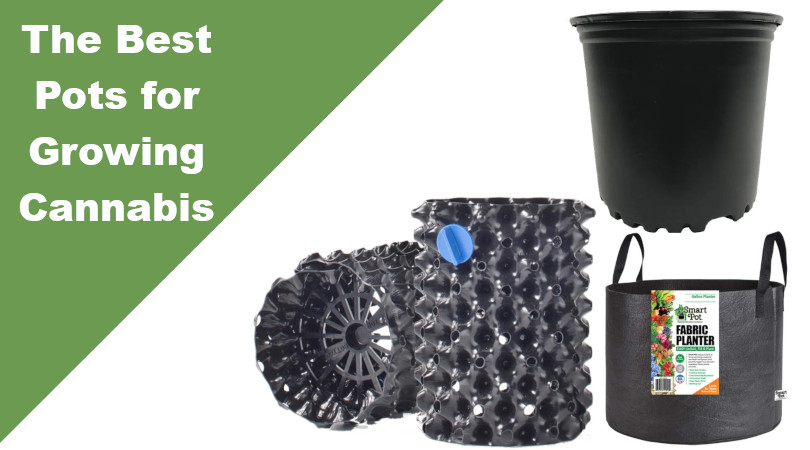
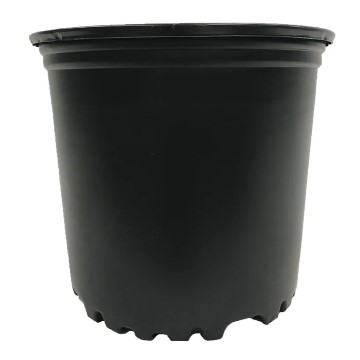
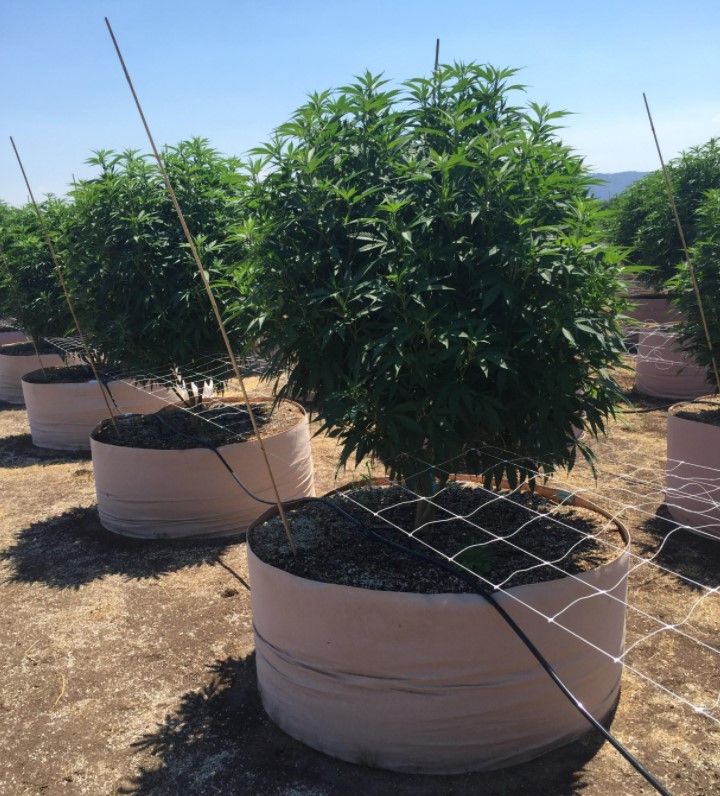
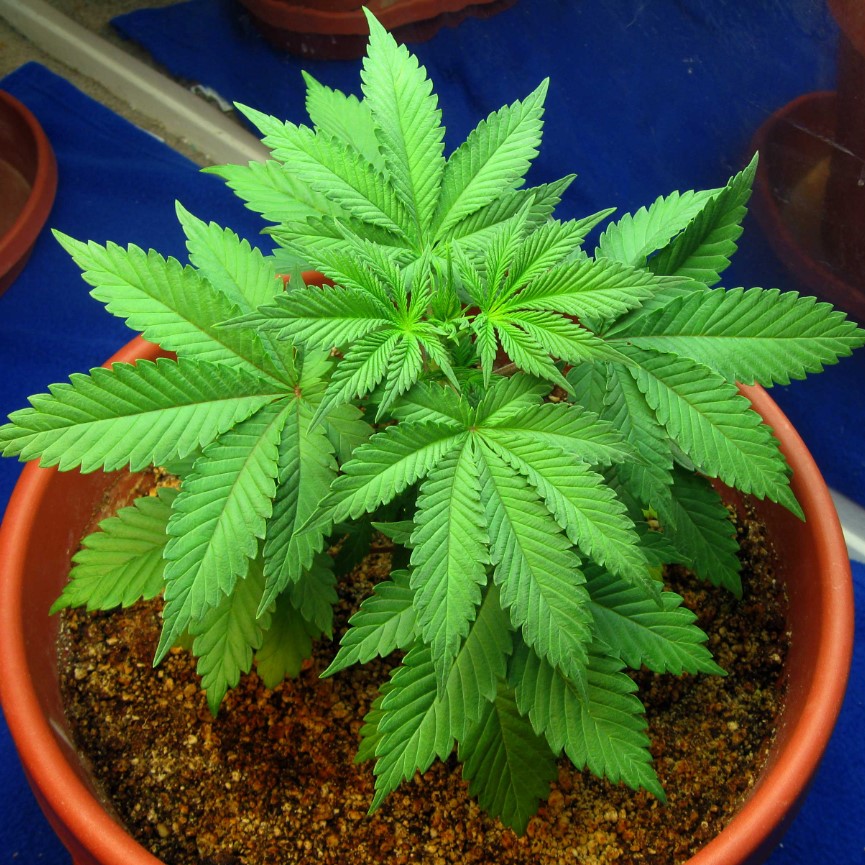
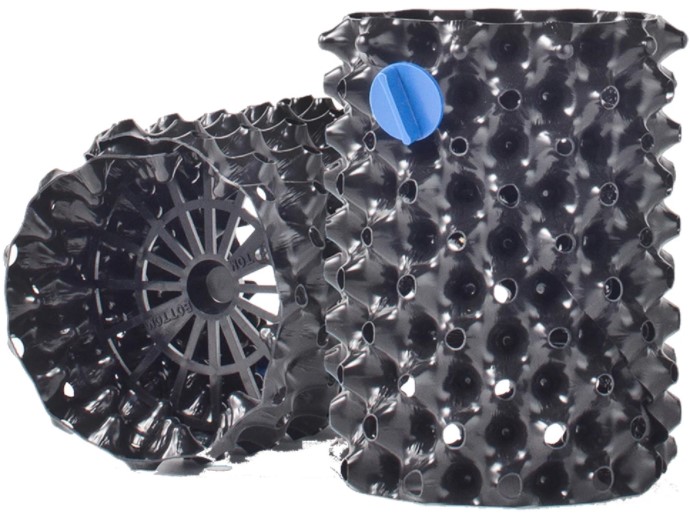
I just use 5 Gallon buckets, just can’t get the roots to grow to the bottom of the bucket!